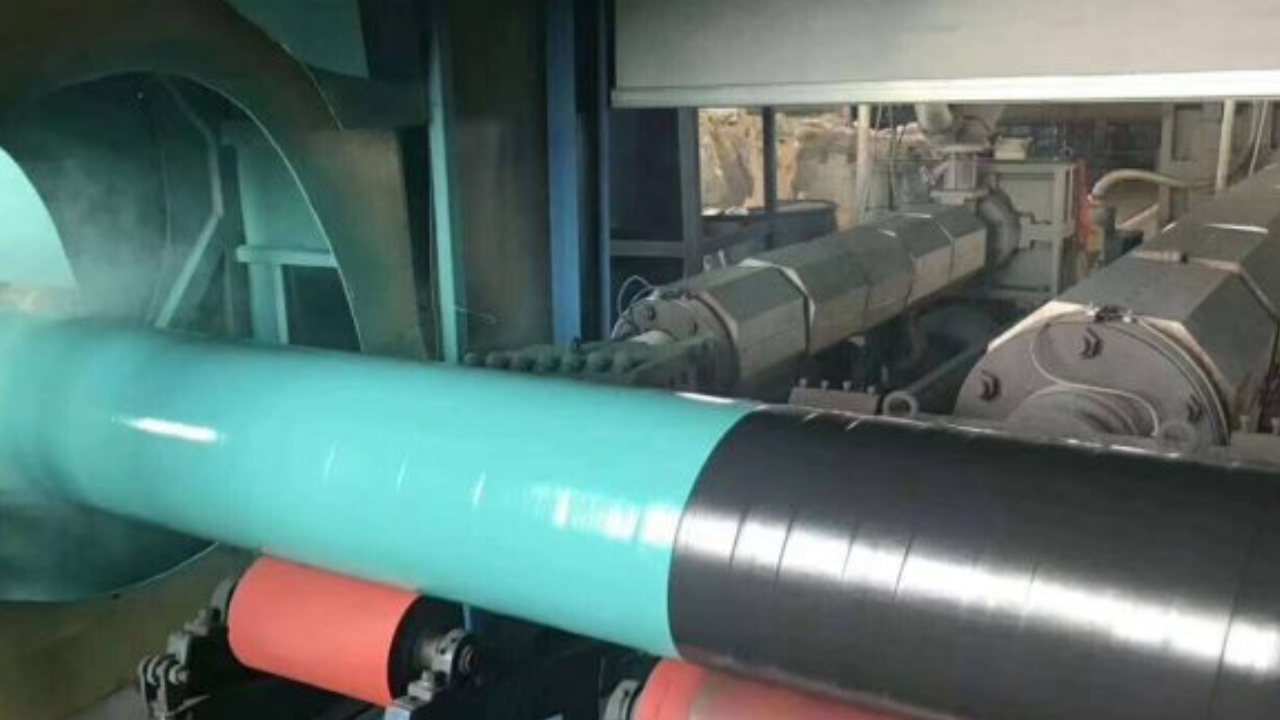Solar tubes, rather known as solar tunnels or pipes, are cylindrical conduits set up on a construction's roof to harness sunlight and produce it indoors. These tubes are available in diverse diameters, generally ranging from about 10 inches to 22 inches. The diameter of the tube plays a vital role in determining the quantity of daylight that may be harvested and channeled into interior spaces.
Large-diameter tubes have a greater capability to capture sunlight, making an allowance for improved illumination inside the construction. Conversely, smaller diameter tubes may additionally offer extra targeted lighting fixtures but with reduced mild output. The selection of the proper tube size relies upon elements such as room dimensions, sunlight availability, and installation constraints. By choosing the right solar tube sizes, asset proprietors can maximize natural lighting fixtures' advantages even optimizing electricity efficiency and indoor comfort.
Key Concerns for Choosing Solar Tube Sizes
Choosing the right size for solar tubes is critical to ensure top-quality light performance and strength efficiency. Numerous concerns must be taken into account whilst determining the suitable tube diameter, which includes room size, daylight availability, and installation constraints.
Room Size
Begin by measuring the size of the room or vicinity you want to remove darkness from. Take into account each period and width of the distance to decide the entire square photos. The dimensions of the room will dictate the quantity of mild wanted for adequate illumination. Larger rooms normally require larger diameter tubes to supply enough mild depth.
In larger spaces or rooms with abnormal shapes, you may want to install multiple sun tubes to make certain uniform lighting fixtures in the vicinity. Calculate the overall rectangular footage and divide it using the endorsed insurance region for each tube to decide the number of tubes wanted.
Sunlight Availability
Determine the quantity of sunlight available in your area in the day and year. Recollect factors together with the orientation of your roof, close obstructions like trees or homes, and any shading that could affect sunlight penetration.
Determine the common intensity of daylight in your location and the way it varies in the course of the day and seasons. Regions with enough sunlight may be in a position to utilize smaller tubes efficiently, while regions with less sunlight can also require large tubes to maximize mild capture.
Set Up Constraints
Examine any structural constraints that may affect the setup of solar tubes, inclusive of roof slope, attic space, and obstructions like vents or HVAC gadgets. Make sure that there's sufficient area to house the chosen tube size and that the roof shape can support the introduced weight.
Consider the available roof area and ability locations for installing sun tubes. Determine the maximum appropriate placement primarily based on elements which includes roof orientation, aesthetics, and proximity to interior areas requiring illumination. Pick out a tube size that aligns with the present infrastructure and installation process. Larger tubes might also require extra sizeable modifications to the roof and ceiling, whilst smaller tubes may provide easier installation with less disruption to the building.
Consultation with Professionals
When unsure, are searching for guidance from professionals focusing on sun tube installation. They can examine your unique necessities, examine web page situations, and endorse the maximum suitable tube size and configuration to your desires. Schedule a domain assessment to assess the feasibility of putting in sun tubes and decide the most advantageous size and site. Professionals can provide precious insights and guidelines based on their understanding and experience.
Final Remarks
In the end, deciding on the proper size for solar tubes involves careful consideration of things including room size, sunlight availability, and set-up constraints. Using measuring the room dimensions, assessing sun publicity, and evaluating structural concerns, you can determine the proper tube diameter and configuration for optimum lights' overall performance. Consulting with professionals can provide extra steering and make sure a successful sun tube set up tailor-made to your unique wishes and options.


